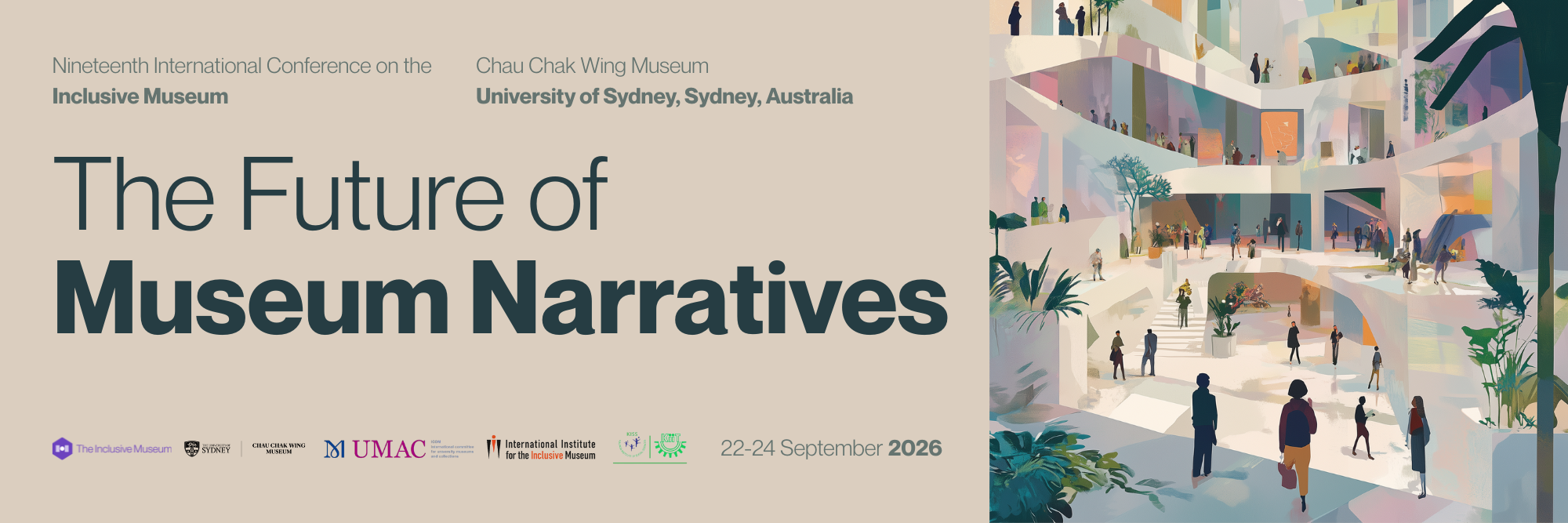Abstract
Presence of digital technology in exhibitions is now almost a given in museum spaces. Curatorial narratives conveyed through digital installations offer audiences a range of interactive opportunities that foster immersion and engagement in the museum experience and have been doing so for more than a quarter of a century. Yet, there is a little empirical research on digital installations of cultural heritage and the results so far tend to focus on attitudes toward technology or design aspects. However, the long-term retention of knowledge and affective learning domains, remain less researched areas. To bridge the gap, we developed a measurement tool to unfold the short- and long-term learning outcomes of digital installations and their impact on attention paid to the presented artefacts in the exhibition environment. This paper introduces a study, that was carried out spring of 2024 at the House of Music, Budapest. To summarize our most important findings: in our research we used simple random sampling (n=107) conducted at the permanent exhibition of the Hungarian House of Music shows that approximately two-thirds of young visitors (aged 10-25) not only understand the message of the digital installations and learn from them in the short term, but also that the interactive experience does not distract them from the artworks. Our approach aims to support the collaboration of professionals involved in cultural heritage preservation and designers, so that they can implement more effective developments for both the public and the institution.
Presenters
Anett KőhalmiStudent, PhD Candidate, Moholy-Nagy Art and Design University, Budapest, Hungary
Details
Presentation Type
Paper Presentation in a Themed Session
Theme
KEYWORDS
Digital Installation, Learning Outcome, Measurement Tool, Youth Visitors

